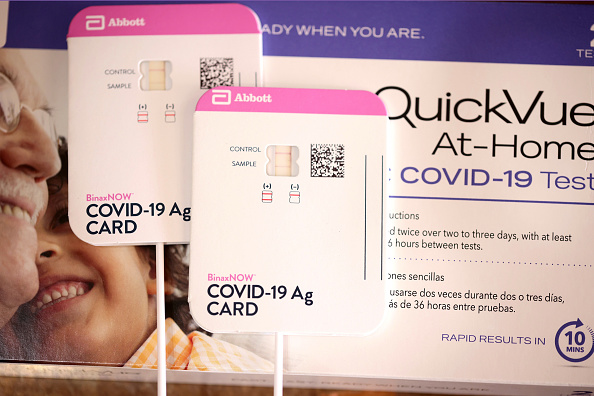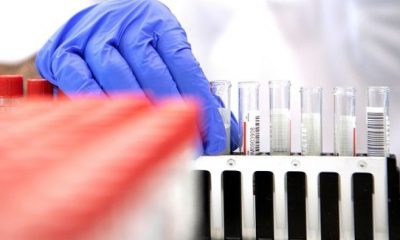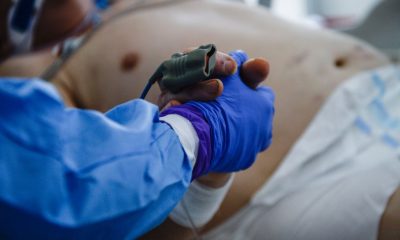Now that the COVID-19 pandemic has entered its third year, it is a must for everyone to do their part in preventing the spread of the virus. One way to effectively do this is by self-testing at home or anywhere. Doing so will not only give you a rapid diagnosis, but it can also alert you of the necessary steps you need to take after learning that you have COVID-19.
Self-Testing
The U.S. Centers for Disease Control and Prevention (CDC) has been advocating the use of at-home test kits ever since they have become publicly available. These kits are designed to be used anywhere, especially at home where most of us spend the majority of our waking hours due to the global health crisis. The COVID-19 test kits produce rapid results, so you will know right away if you have the virus.
At-home test kits available in the country can be bought over the counter. They detect current infection and yield results in a few minutes, faster than the turnaround time of laboratory-based tests. They do not detect antibodies from a previous infection and do not measure your immunity level.
At-Home Testing Applications
There are three instances when you will need to do self-testing to diagnose if you have been infected with COVID-19. As per the CDC, the first instance is when you manifest any COVID-19 symptoms, including fever, cough, difficulty breathing, fatigue, sore throat, headache, body aches, loss of taste or smell, runny nose, nausea, and diarrhea.
The second instance is when you got exposed to someone with COVID-19. You need to test yourself at least five days after your exposure. If you test negative, you should consider testing again one to two days after.
Finally, the last instance where you can use an at-home test kit is before attending an indoor event or a gathering. Before showing up at the venue, be sure to test yourself so you won’t be spreading the virus to other attendees who may be at risk of severe COVID-19.
Test Result Interpretations
Testing negative means the kit did not detect the virus, so this does not rule out an infection. Some kits are designed to be used in a series, so it is best to repeat testing 24 to 48 hours after your previous test. Receiving the same negative result instills confidence that you have not been infected with SARS-CoV-2.
If you tested positive, this automatically means that you have an infection. Experts advise staying at home for at least five days and isolating yourself from other people in your household. Inform your close contacts about your condition and wear a well-fitted mask or an N95 respirator when available around others.
As a COVID-19 patient, be sure to watch for the development of symptoms. If you have serious manifestations of the symptoms, seek emergency care by contacting your healthcare provider. Otherwise, it would be best to follow the isolation guidelines during the infective stage.
















